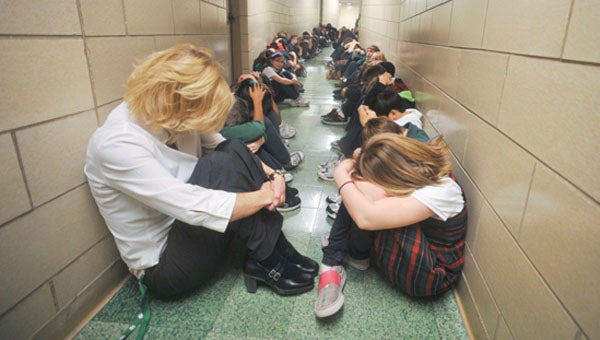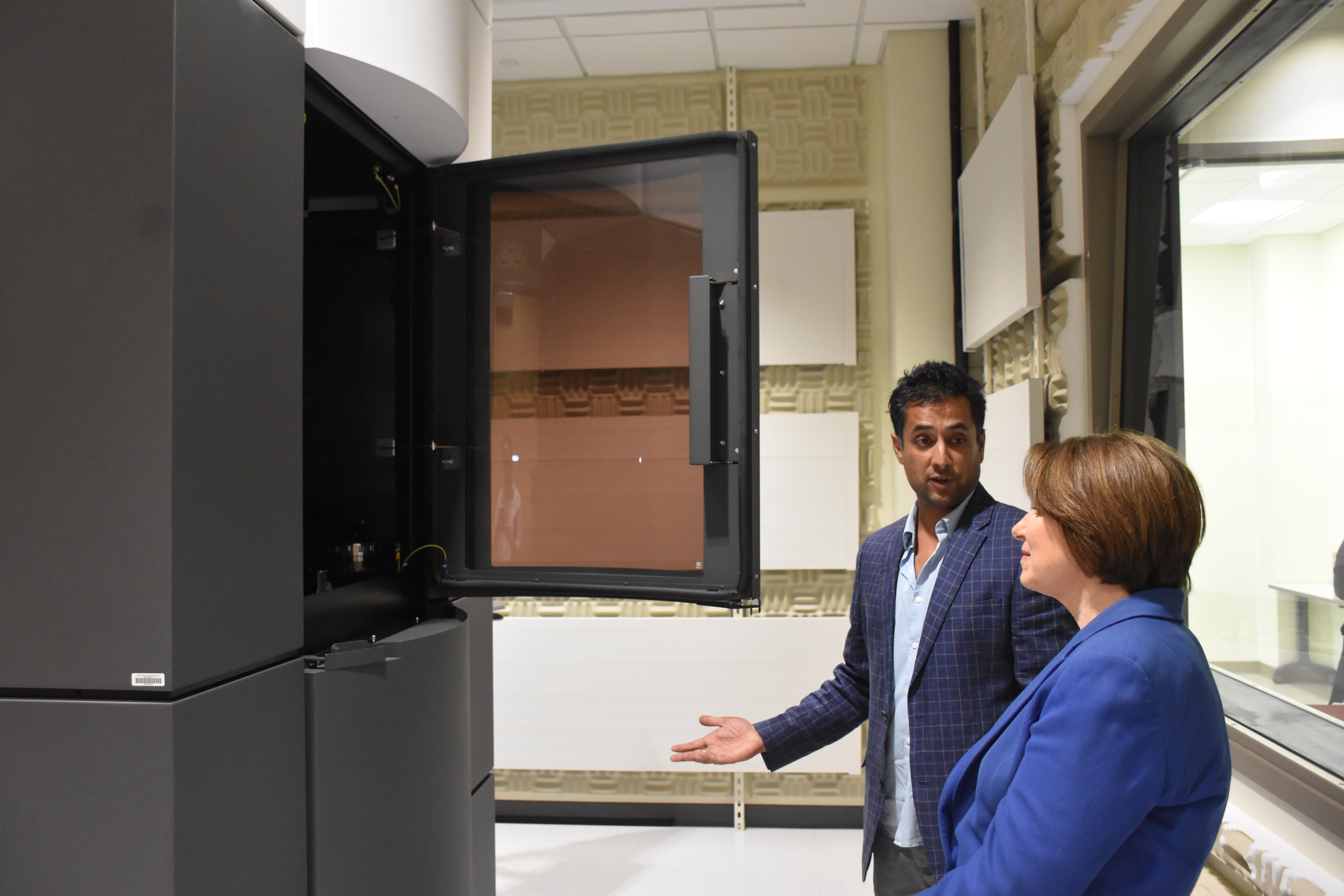Knowledge key when sirens sound
Published 11:37 am Wednesday, June 15, 2011

Teachers and students duck and cover in a hallway leading between Austin Catholic Elementary School and St. Augustine's Catholic Church during a tornado drill Thursday afternoon. -- Herald file photo
When tornado warning sirens go off, many people rush to their driveways, hoping for a firsthand look at what must be a funnel cloud.
According to Todd Shea, National Weather Service meteorologist, this is one of the biggest mistakes people make when it comes to severe weather.
“The most important thing would be to take action immediately if you know that a tornado is bearing down on you,” Shea said. “Get to a safe place.”
Shea said he often sees cases in which people didn’t even realize severe weather was headed their way, which is why its vital to pay attention to weather reports if it looks like a storm is coming.
“The first step is to have a good source of weather information,” Shea said. “Make sure you’re getting notified when there are watches and warnings issued.”
Although a severe weather or tornado watch is not cause for alarm, it could lead to a warning, at which point people need to seek shelter as soon as possible. A watch is simply a “heads up” to pay close attention to the forecast, Shea said.
Police Chief Brian Krueger echoed Shea’s advice, saying people must take safety precautions as soon as a warning is issued.
“Once we go into a warning, they need to stay indoors and take the proper safety measures and not try to be looking for a possible tornado just as a civilian,” Krueger said. “When we do get severe weather, even a thunderstorm, the best advice I could give is to stay home and not drive around town and look.”
Krueger said it’s especially important to stay inside after a tornado or severe storm to avoid dangers caused by downed power lines or damaged trees.
“If there’s trees down, limbs down or wires down it causes more issues for us in getting those streets cleared when we have people out looking,” he said. “I understand the curiosity …. They want to get out and look but unfortunately a lot of times it does slow us down because of the number of seekers out there looking around.”
If someone is in their vehicle or outdoors when a tornado warning goes into effect, finding shelter should be a top priority, both Krueger and Shea said. Although it may be a leap of faith, leaving the vehicle is usually a better idea than staying with it through the tornado.
“The two things we would recommend is that if you can clearly see the tornado and you can drive away from it, that’s a good rule of thumb,” Shea said. “If the tornado is too close, you’re better off leaving the vehicle and finding a shelter.
“Worst case scenario, if you don’t have any of these options, you’d definitely want to abandon your car and get into a ditch or the lowest area you can find.”
Shea also warned that tornadoes sometimes follow large hail during a storm, so its best to stay indoors after it hails, at least until the weather calms down.
“Sometimes after large hail falls people go outside and try to pick up hail stones, and that could be dangerous too because a tornado could be following the large hail,” he said. “If there is damage, or if you know your house was damaged, you have to be really cautious.”
Some dangers Shea said people may not think about are broken glass, nails, punctured natural gas lines and other falling building materials.
Safety comes before curiosity, Krueger said, and people need to remember that after severe storms to avoid getting hurt.
“We just want to make sure everybody stays safe,” he said.


